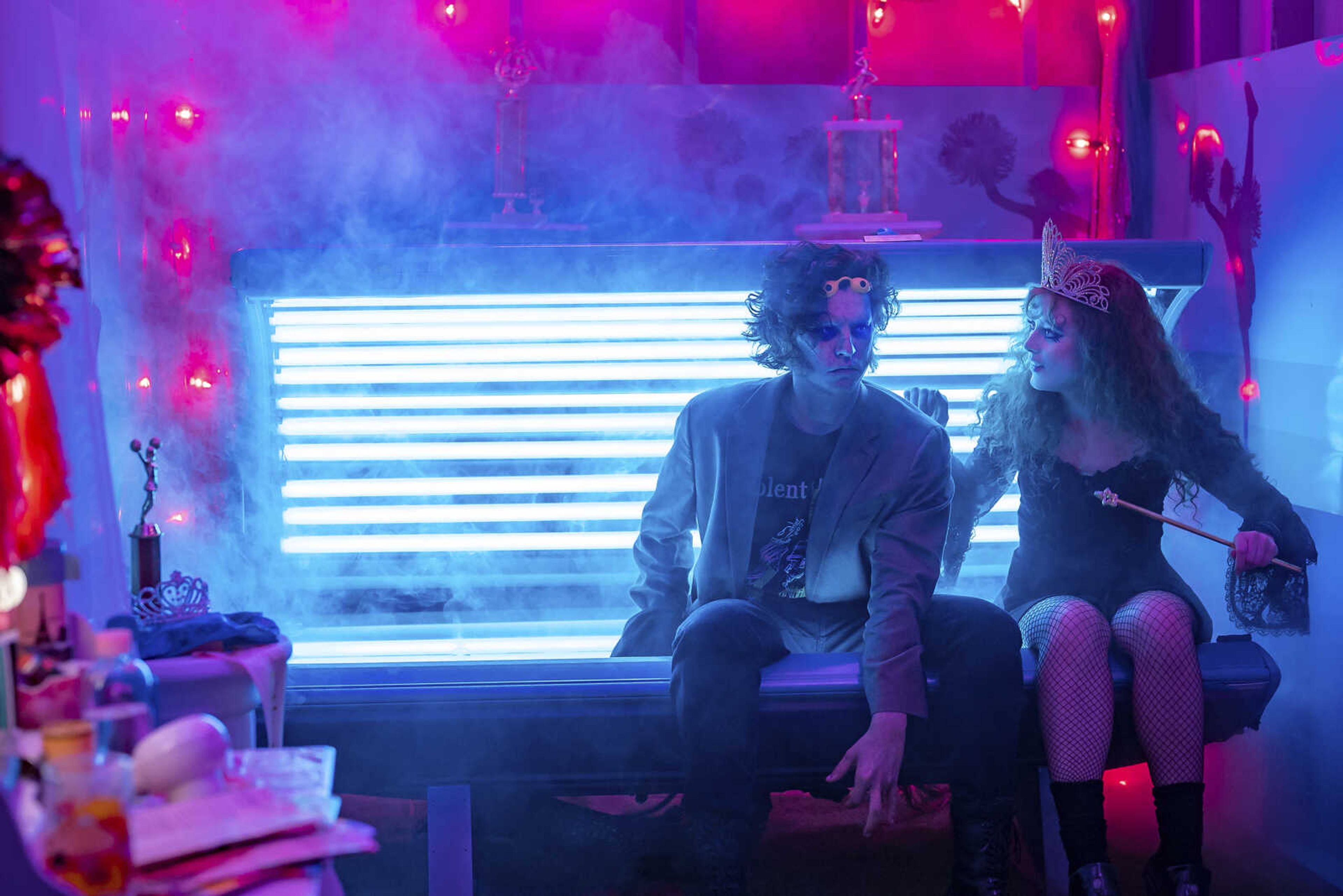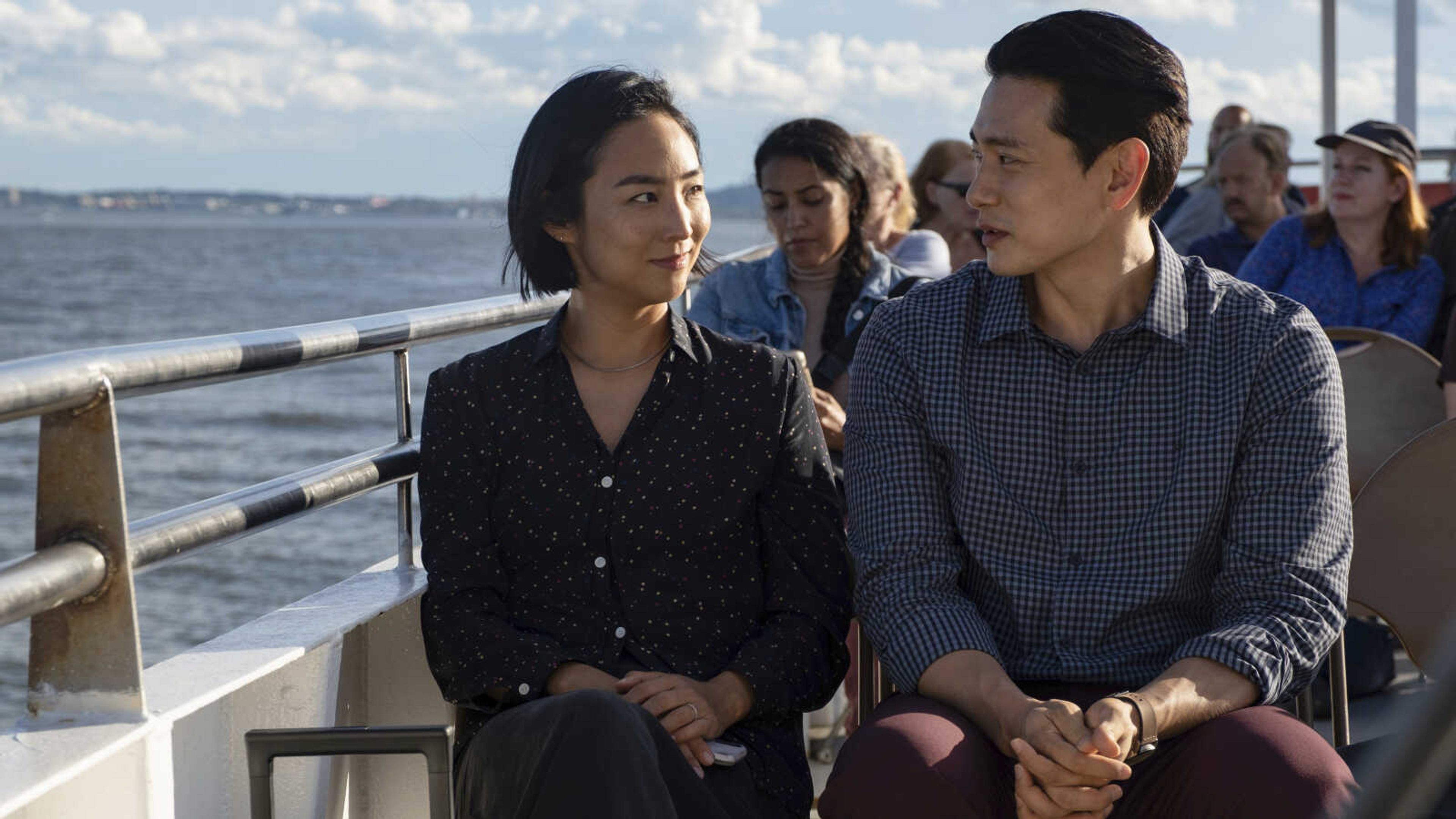Fashion treasures in Texas
DENTON, Texas -- From Givenchy and de la Renta to Balenciaga and Chanel, a dazzling array of haute couture hangs in an unlikely place -- a storage room at the University of North Texas. Rarely seen by the public, the colorful collection of about 15,000 dresses, coats, suits, purses, shoes and more is housed in a climate-controlled room on campus at Scoular Hall, operated as an appointment-only research tool for designers, educators and students...
DENTON, Texas -- From Givenchy and de la Renta to Balenciaga and Chanel, a dazzling array of haute couture hangs in an unlikely place -- a storage room at the University of North Texas.
Rarely seen by the public, the colorful collection of about 15,000 dresses, coats, suits, purses, shoes and more is housed in a climate-controlled room on campus at Scoular Hall, operated as an appointment-only research tool for designers, educators and students.
It's called the Texas Fashion Collection, and a walk down its aisles is a sweeping look back at more than two centuries of clothing design.
"We get a lot of our inspiration from the vintage detailing," said Susan Ingram, owner of Helena & Henry IV Co., a Dallas designer of high-end children's clothing. She was in the 1950s section, admiring the trim on the collar of a black dress while wearing protective white gloves.
"I could spend all day in here," she said. "It's a great kind of hidden jewel."
The collection, which includes pieces from unknown designers and private labels at Neiman Marcus, Saks Fifth Avenue and other ritzy stores, primarily focuses on items from the late 19th and 20th centuries, dating to the 1820s. But a few pieces, including a child's dress of tan wool with dark-brown velvet trim, are believed to have been made as far back as the late 18th century.
There's a purple wedding gown from the 1880s, complete with a boned bodice and matching shoes with straight soles -- meaning there was no differentiation between left and right.
There's also a Balenciaga gown from 1966 is made of black velvet with a bustle trimmed with ermine tails.
In 1938, Stanley and Edward Marcus of Neiman Marcus began preserving the work top designers had done for the company. In the mid-1940s, the brothers dedicated the collection in honor of their aunt, fashion maven Carrie Marcus Neiman, one of the store's co-founders. The collection eventually became part of the Dallas Museum of Fashion, which was moved to the Denton campus in 1972. Renamed the Texas Fashion Collection, the treasure trove is now part of the school's Visual Arts Department, which relies on donations.
Among the men's wear included is a charcoal gray wool suit worn by Stanley Marcus to the 1956 wedding of Grace Kelly and Prince Rainier of Monaco and a 1960s jacket of black alligator, done by Paco Rabanne.
Access to the collection is limited because the school has no gallery space. The school near Dallas puts on occasional public exhibitions.
"We are here for our students," said Myra Walker, a professor of fashion history at the school and curator of the collection. "I think we do a good job of exposing them to the collection."
A student who is making a chiffon dress, for example, could study dresses made by designers who excelled in working with such a fabric.
"There's a lot of ... creative energy that emanates from anything that's well designed," Walker said.
April Wilson, who will graduate this summer with a bachelor's degree in fashion design, said items displayed in her class helped make clear what the professor was talking about.
"When she brings it out you really can see the silhouette and construction details," Wilson said. "A lot of the dresses from the 1920s -- you didn't see the flare or pleating in the pictures."
A few items were worn by famous people, including a black Givenchy suit worn by Audrey Hepburn in the movie "Charade," but most of the pieces came from Texas women with extensive designer wardrobes or older people who make important finds as they clean out their closets.
"It's just amazing how much people have squirreled away," Walker said.
Dolores Malone, 76, of Houston donated some Bill Blass and Chanel, as well as a coat worn by her mother that was made with triple rows of Russian sable.
"I just decided, 'Get rid of it, Dolores,"' she said. "I'd rather give it to the school because I think it's for a good cause and they're nice up there."
Virginia Thinnes, 57, of Abilene donated some clothes that had been in her family for decades, including a fur-trimmed suit her mother wore on her wedding day in 1935.
"I knew it was time for them to be donated somewhere where they would be better taken care of," Thinnes said.
Connect with the Southeast Missourian Newsroom:
For corrections to this story or other insights for the editor, click here. To submit a letter to the editor, click here. To learn about the Southeast Missourian’s AI Policy, click here.









